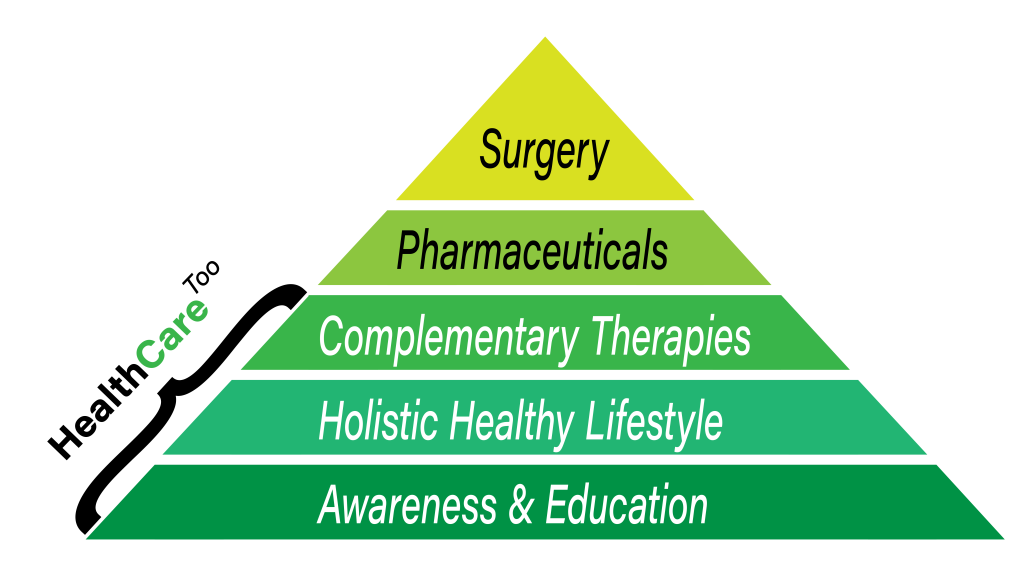Health Insurance India
India’s government has recently announced a new plan for health insurance throughout India. This Indian version of Universal Health Coverage (UHC) is known as Ayushman Bharat, or Long Life India. The intent is to be a “safety-net”… not unlike American efforts in Medicaid / Medicare and the recent Medicare For All.
What is perhaps more interesting is the new Ayushman Bharat does not seem to cover India’s own Ayurveda, a 5,000 year old medical system.
THE one thing everyone knows about insurance is, read the fine print. Indians should take heed as Narendra Modi, the prime minister, rolls out what he is trumpeting as the world’s biggest health-insurance plan. Ayushman Bharat, meaning Long-Life India, aims to install a safety-net for the poorest half-billion of India’s 1.3bn citizens, which is to say, for a big portion of the poorest people in the world. From now on, the government promises, any family that fits broad criteria of need will be eligible to receive nearly $7,000 a year in hospital expenses without paying a penny themselves. Instead, the state will pay premiums to private insurers; eligible patients can seek treatment at any institution, public or private, that has joined the scheme.
There is no doubt that Ayushman Bharat will bring immense relief to many. Only a third of Indians now have any medical insurance, and government spending on health, equivalent to a measly 1.1% of GDP, accounts for a low 25% of health spending. The government spends far less on health care than its counterparts elsewhere in the developing world (see chart). An analysis by Mint, a financial newspaper, suggests that every year some 36m families, or 14% of households, face an unexpected medical bill equal to the entire annual living expenses of one member of the family. All too often such surprise costs are enough to tip families into penury.
Ayushman Bharat is intended to replace and vastly expand previous programmes. Proponents note potential benefits that go beyond reducing misery for the downtrodden. The scheme, they say, aptly reflects the reality that private care now dominates Indian medicine, yet it also seeks to pool risk so as to reduce insurance premiums and use the huge number of patients to drive down the cost of procedures. The creation of a new class of consumers should encourage the building of hospitals where they were previously uneconomic, especially in remote rural areas.
For critics who question the focus on inpatient treatment, rather than primary or preventive care, government boosters point to Ayushman Bharat’s commitment to create some 150,000 public “health and wellness centres” across the country. These are supposed to provide initial diagnoses and outpatient services, feeding patients who need hospital care into the insurance scheme.
Source: www.economist.com
Facebook
Twitter
LinkedIn




